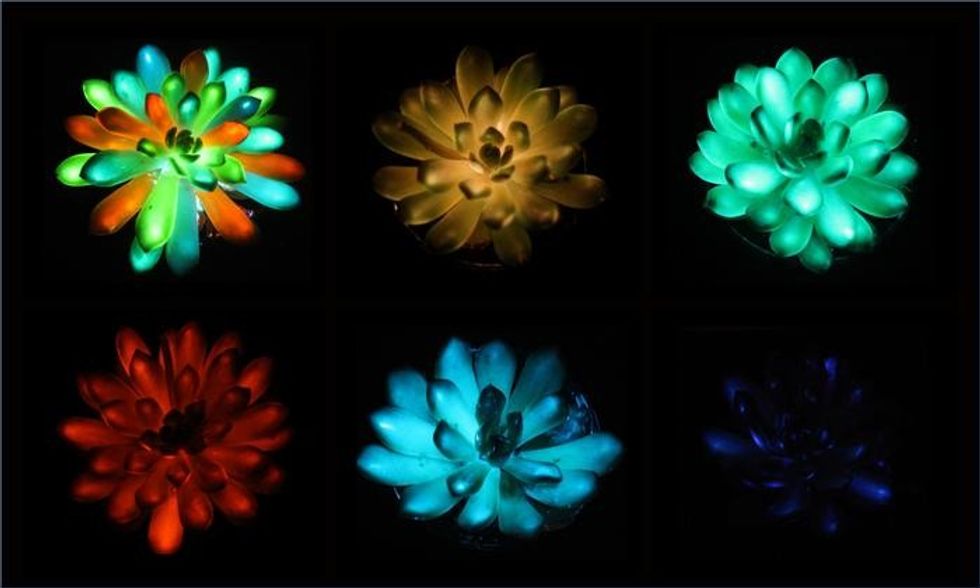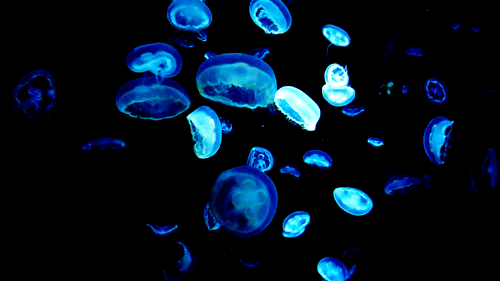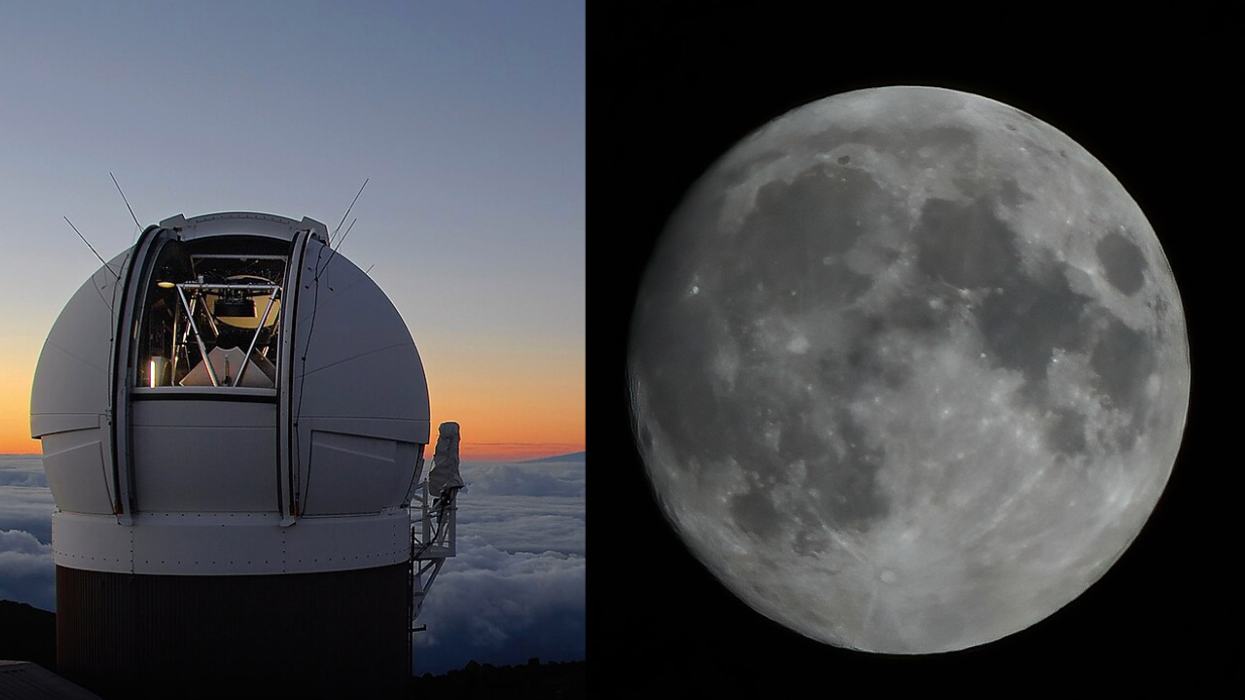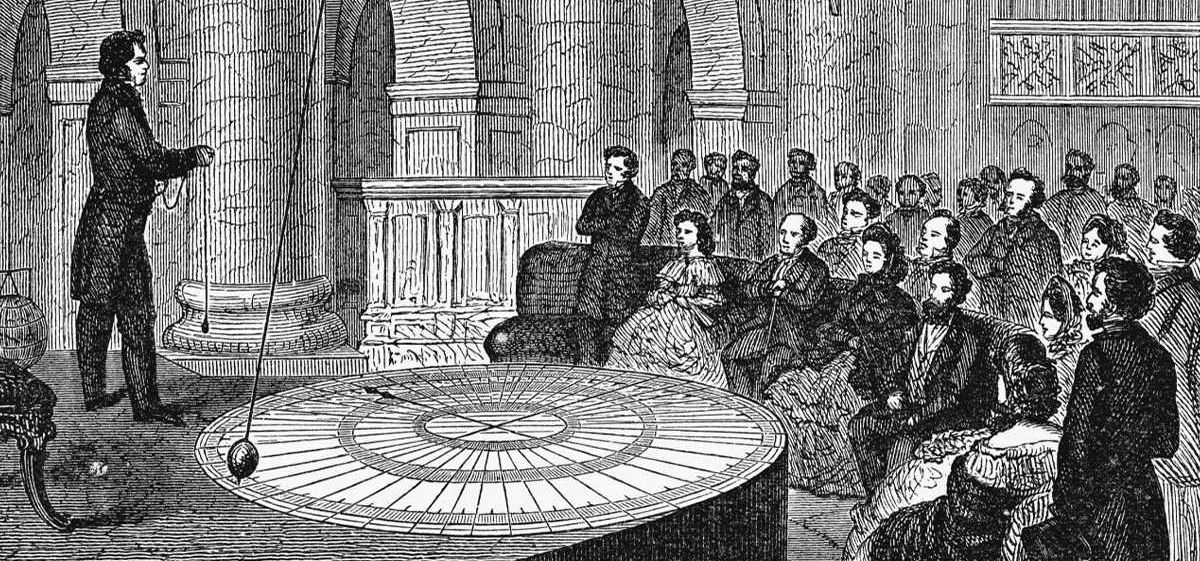Nature's sporting a new look that's straight out of a science fiction movie. Scientists in China were able to genetically engineer succulents that glow in the dark. There have been other recent attempts at implementing the creative new technology, but they were limited to only a green color. Now, there are some wild variations, and the plants might one day create the perfect lighting for a futuristic rave.
This science, over time, could lead to many variations of lighting that could possibly replace the need for electricity. These glow-in-the-dark succulents recharge with sunlight, and the colorful displays are absolutely magical.

First author Shuting Liu of South China Agricultural University was quoted in a 2025 article of EurekaAlert! saying, "Picture the world of Avatar, where glowing plants light up [the] entire ecosystem." She continues, "We wanted to make that vision possible using material we already work with in the lab. Imagine glowing trees replacing streetlights."
Using different kinds of phosphors, they were able to create plants that shine in various colors.
Injecting phosphors into a succulent. Vidoe credit Liu et al., Matter roar-assets-auto.rbl.ms
The study appeared in a 2025 article of Matter, a sister journal to Cell Press, stating, "Plant-based lighting holds significant potential across various fields, including architecture and urban planning. However, manipulating luminescence color and intensity in plants has been challenging. Traditional genetic engineering approaches are constrained by the limited diversity of bioluminescent genes." Using light-emitting phosphor particles that were about the size of a human red blood cell (around seven micrometers), they were able to produce a glow that would travel through the biological structure of the succulent plants. “Smaller, nano-sized particles move easily within the plant but are dimmer,” Liu claimed. “Larger particles glowed brighter but couldn’t travel far inside the plant.”
To achieve stronger visible luminescence, the light-emitting particles had to be large enough to emit the glow yet small enough to travel through the plant's tissue. Other plants were able to absorb the phosphorus, but the composition of the plant tissues wasn't effective for emitting a significant and well-distributed glow. Succulents appear to be fairly successful. “I just find it incredible that an entirely human-made, micro-scale material can come together so seamlessly with the natural structure of a plant,” says Liu. “The way they integrate is almost magical. It creates a special kind of functionality.”
The process takes about 10 minutes to prepare a plant, and the cost, including labor, is less than $2, according to Liu. “It was really unexpected...the particles diffused in just seconds, and the entire succulent leaf glowed.”
Glow in the dark isn't new for nature

A 2025 study published in the British Ecological Society found that sheet web spiders would trap and use fireflies to lure insects into their webs. Having the bioluminescent fireflies attracted significantly more prey. Getting crafty isn't just left to the spiders, though. Other forms of nature using this biotech might be more familiar. Images of glowing jellyfish have long been at the forefront of nature books and science magazines. However, scientists believe the beginnings of bioluminescence started with deep-sea coral. According to a 2024 study reported by the Associated Press, researchers analyzing genetic data from 185 species of glowing coral believe their ancestors first lived and “glowed” about 540 million years ago.
It's fantastic what marvels science and ingenuity can bring to the normal lives of everyday people. By combining natural structures, such as plants, with man-made materials, science may open the door to sustainable, plant-based lighting for future cities. This breakthrough demonstrates how engineered light-emitting particles can seamlessly integrate with plants. With new and affordable ways to make plants glow, the future looks bright indeed.






















 Relaxing to music.Photo credit
Relaxing to music.Photo credit  Music and a good run.Photo credit
Music and a good run.Photo credit 
 Artist rendering of Earth with satellites traveling around it.Image via
Artist rendering of Earth with satellites traveling around it.Image via  Drawing of Leon Foucault with pendulum showing Earth's rotation.Image via
Drawing of Leon Foucault with pendulum showing Earth's rotation.Image via  The Earth rotates.
The Earth rotates. 
